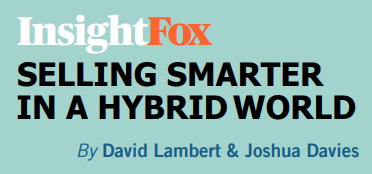I was intrigued by an article I came across recently that examined how our biases impact our imagined idea of the face of God.
The sub-title to the article which you can read here was:
The sub-title to the article which you can read here was:
“Cognitive bias is in all human thoughts. Even mental images of God.”
Our understanding of cognitive bias is still developing, but there is no doubting the significance of better understanding how our biases impact our behavior and decision-making. Twice in recent years, the Nobel Prize for Economics has been awarded to researchers into cognitive bias: Daniel Kahneman in 2002, and Richard Thaler in 2017.
Our biases are many, and if you want to see just how extensive they are, check this chart on Wikipedia. Mind blowing!
And the biggest challenge of bias? You can’t really beat bias.
Researchers suggest that our biases are so deeply ingrained that the best we can hope for is to limit the impact of our biases in a given situation, by being consciously aware that bias may be present.
Bias is so pervasive that the impacts are everywhere, though perhaps the biggest impacts are on how we frame conversations; how we listen (or do not listen!); and how we put forward ideas and decisions.
Consider this common pitching scenario. You bid for a piece of work where you’ve done similar work before. You meet the prospect, prepare your bid, present your solution (which you know is the best), but you don’t win. You contact the prospect and they tell you that your bid was very comprehensive but your price was too high. You tell yourself, that the prospect did not really know what they wanted.
What role could bias have played in this series of events?
As soon as you acknowledge that you’ve seen a similar situation before, your biases kick-in. You tend to move the conversation in the direction of your goals and preferences, missing opportunities to widen the discussion and learn the full story. You miss key information, because you do not ask broad questions and do not listen fully.
You listen for words that reinforce your established perceptions and you lend extra weight to those words while discounting opposing views, telling yourself that those with opposing views do not properly understand the situation or lack the experience to see clearly.
When you prepare your bid, you use your previous and similar bid as a template. In discussions with your colleagues, they all agree with you that this solution worked before and will work well now.
When you present your solution, you focus on the chairperson who smiles at you encouragingly and nods when you speak. You ignore the blank faces.
In the Q&A, you direct your answers to the chairperson.
When the decision comes in, you and the team tell yourself that the prospect did not understand the value of your solution.



